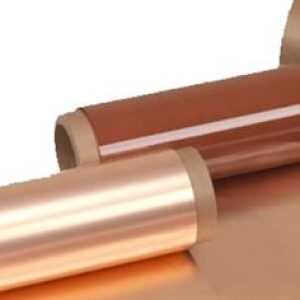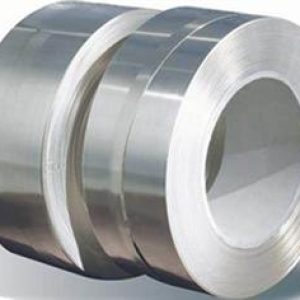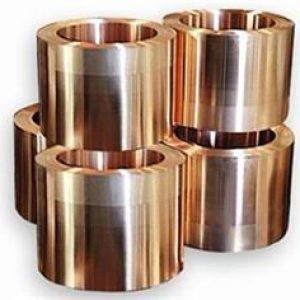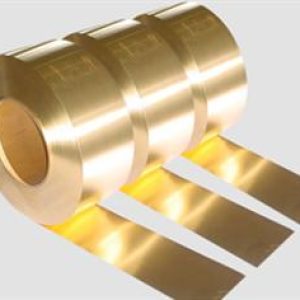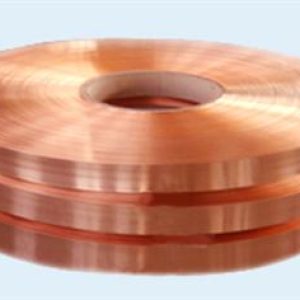Copper strips are versatile components used extensively in electrical, construction, and manufacturing industries due to their excellent conductivity, malleability, and resistance to corrosion. Here are some key parameters that define the characteristics and quality of copper strips:
- Material Composition: Copper strips are primarily made of pure copper (Cu) with varying purity levels, commonly 99.9% for electrical applications. Common grades include C11000 (Electrolytic-Tough-Pitch, ETP) and C10100 (Oxygen-Free High Conductivity, OFHC).
- Dimensions: Copper strips are characterized by their thickness, width, and length. Thickness can range from fractions of a millimeter up to several millimeters, while widths and lengths are customized based on application requirements. Standard widths might range from 5mm to 600mm, and lengths can be supplied in coils or cut-to-size.
- Surface Finish: Strips can have various surface finishes, including bright annealed (BA), matte, or tinned. Bright annealed provides a smooth, reflective finish, while tinning adds a thin layer of tin for improved solderability and corrosion resistance.
- Temper: Copper strips can be supplied in different tempers, such as soft, half-hard, or hard, depending on the desired level of formability or stiffness required for the application.
- Electrical Conductivity: A crucial parameter for copper strips used in electrical applications, conductivity typically ranges from 58 to 60 MS/m for ETP copper and can exceed 100 MS/m for OFHC copper.
- Tensile Strength: This measures the strip’s resistance to breaking under tension. For ETP copper, it ranges from about 200 to 280 MPa, while OFHC copper may have a slightly lower tensile strength due to its higher purity.
- Elongation: Elongation percentage indicates the strip’s ductility, or how far it can stretch before breaking. Copper strips typically exhibit high elongation values, around 30% to 50%.
- Hardness: Measured using the Rockwell scale, hardness helps determine the strip’s resistance to indentation. Soft copper strips have a lower hardness value, suitable for forming, while harder tempers are more rigid.
- Corrosion Resistance: Copper inherently resists corrosion, making it suitable for outdoor and marine applications. Tinned copper further enhances this property.
- Inspection and Testing: Copper strips are tested for dimensional accuracy, surface defects, conductivity, and mechanical properties to ensure they meet industry standards such as ASTM B152, ASTM B370, or international equivalents.
- Packaging: Copper strips are often coiled for ease of handling and transportation, with protective wrapping to prevent damage during transit.
